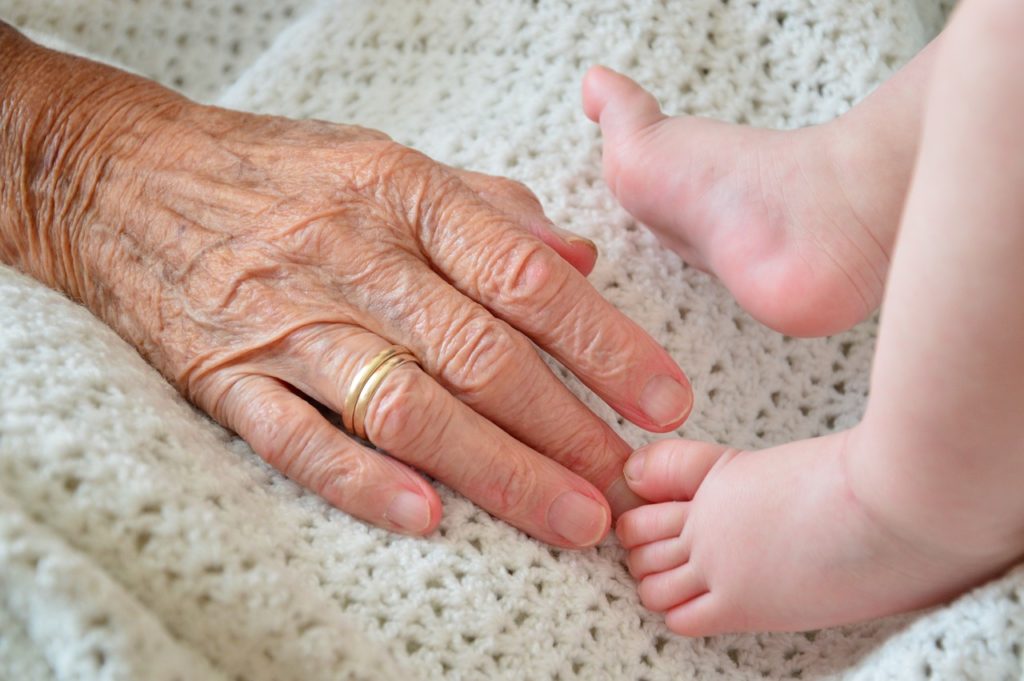
For those who may be unfamiliar with the term, the sandwich generation includes all those individuals who are caring for a living parent aged 65 or above, and who are also caring for children in their own family. July is Sandwich Generation Month, and that affords us all an opportunity to recognize and to lend a hand to all those who serve as a caregiver at home for seniors and are ‘sandwiched’ in between that level of care and the care for their children. In Olive Branch and elsewhere around the country, we can all do a few things in July and beyond, to help caretakers who are obliged to deliver important service to people from two very different aspects of their lives.
Difficulties faced by sandwich generation caretakers
There are some very obvious difficulties confronting caretakers who belong to the sandwich generation, since they are literally caring for individuals from two different generations, and both of these individuals will have their own specific needs. This is especially true if one or both of the people being cared for, usually a child and one of the caretaker’s parents, is going through a period of poor health.
It’s a very common scenario for at least one of the caretaker’s parents to have physical or mental health issues which call for close monitoring. When that’s coupled with occasional bouts of poor health by the child who requires care, it’s easy to see that the caretaker can be pulled in two directions at the same time. Now mix all of this in with the responsibilities the caretaker might have on their own job, and there could be at least three different sources of need requiring the attention of a caretaker.
This has happened in countless scenarios in the past, and it will continue to happen for a good many caretakers in the future. It doesn’t even call for anything extraordinary, in order to trigger a real crisis in a caretaker’s home. For instance, a mother could wake up on a normal workday to find that her child is suffering from a severe asthma attack and that her elderly father has fallen down while attempting to navigate through the home. On top of that, mom is due at work for an important meeting that will kick off a major project.
It can be a real juggling act, trying to satisfy the needs of your loved ones, as well as your professional obligations, all at the same time. What most people don’t think about in situations like these, is the fact that there is literally no time for the mother to recover herself, and enjoy some downtime before the next crisis occurs. This, in fact, happens routinely and frequently leads to burnout on the part of the sandwich generation mother.
What to do in conflict situations
Sometimes it can be very difficult for a caretaker to make the right choice when confronted by multiple requirements at the same time. In such situations, a deciding factor may be the severity of need for one or the other of your loved ones. As an example, if the mother is forced to decide between caring for an illness suffered by her aging father, and attending her child’s first soccer game, the severe illness of her parents might be the more pressing issue of the two.
Choices are not always this clear-cut, however, and it can be a pretty daunting task to be faced with these kinds of choices over an extended period of time. It can really wear on someone and induce a significant level of stress in their lives, when they’re forced to make these kinds of choices regularly, and for an extended period of time.
Balancing priorities
One of the most difficult things about being a sandwich generation caretaker is balancing priorities between parents, children, job, and home life. In cases where one or more of the cared-for individuals is suffering through ill health, it can put a more severe strain on the caretaker, and literally leave that individual with no time to recharge or recover.
When involved with scenarios like this, caretakers typically address those areas of need which happen to be most pressing at the moment. This doesn’t make the total workload any easier, but it does simplify the process for choosing which task comes next. There is no ideal approach to handling situations like these, although it is always managed best if the caretaker involved recognizes that he/she needs downtime periodically, and takes that time to recover from the stress and strain of providing care to multiple individuals.
Importance of Respite Care
A solution which can provide at least temporary relief for a caretaker being stretched in different directions is that of respite care. When respite care is provided, the main caretaker receives a break from his/her duties, and simply walks away from it all for some period of time. A stand-in caretaker will then manage all those responsibilities for the caretaker, to allow the person some time to recharge their batteries, so they’re ready to face everything again in a day or two.
Safe and Sound Home Care provides respite care for caretakers for this very reason, so if you know anyone who is stretched to their limits by providing care for multiple individuals, contact Safe and Sound Home Care about respite care to help out a sandwich generation caretaker that you know.
